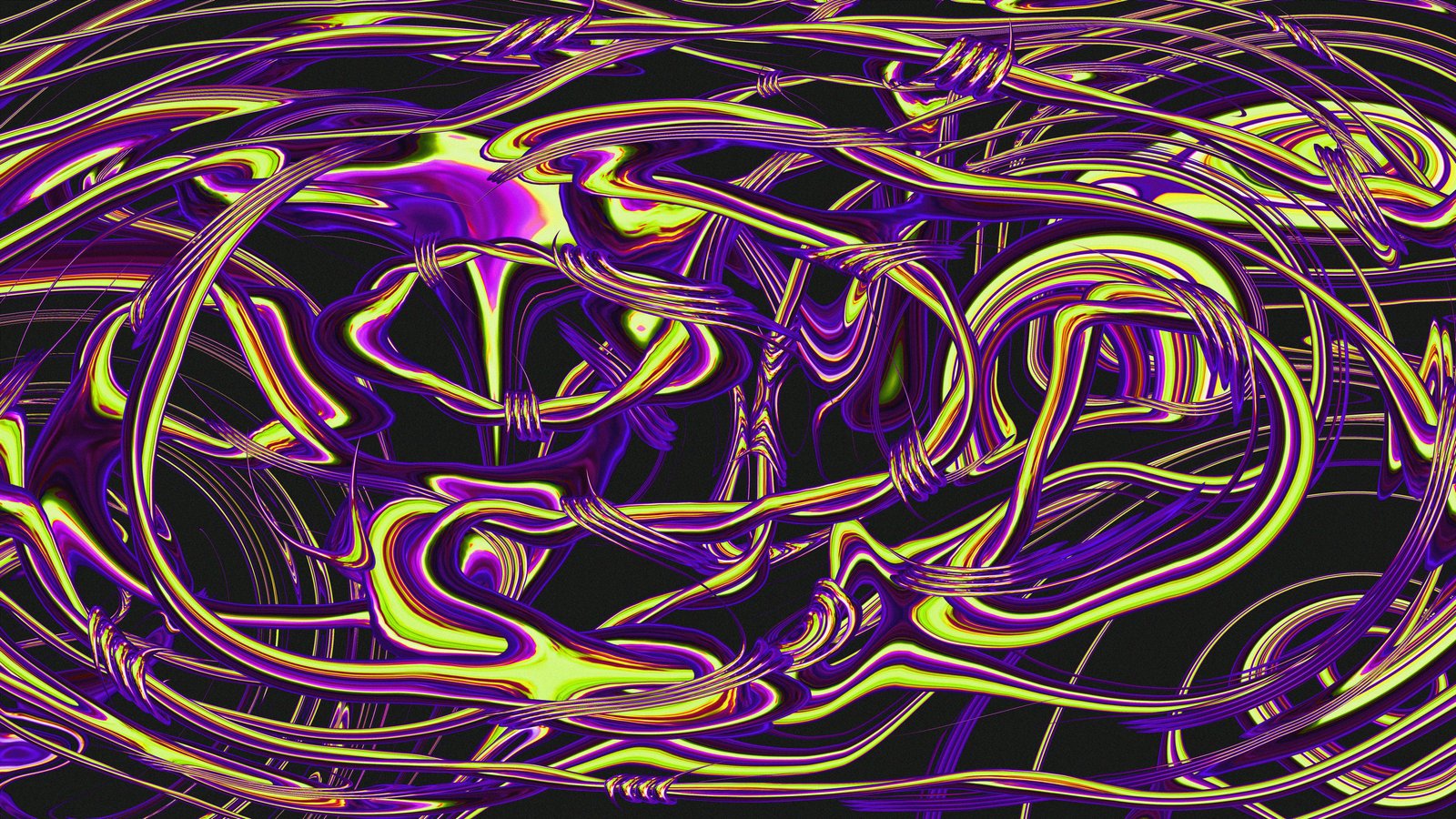It was a typical drizzly morning as I sat on a train heading into London. Looking out the window, I watched the rain slide down the glass. Opposite me, someone flipped a coin. It spun briefly in the air and landed on their palm.
It was such a normal thing to see, but it got me thinking—why does a coin flip land on heads or tails? Could it be predicted?
Before long, I found myself going down a rabbit hole. I started reading about it, watching videos, and trying to understand what really separates classical from quantum physics.
Classical vs Quantum: Different Rulebooks
A coin is a large object, made of billions of atoms. It follows the laws of classical physics—Newton’s laws. In theory, if we knew all the variables involved in the flip—the speed, angle, air resistance, and the surface it lands on—we could calculate the outcome. It seems random, but it’s not truly unpredictable. It’s just that we don’t usually have that much information.
But if you look at something much smaller, like a photon (a particle of light), the story changes. When we measure certain properties of a photon—like its polarization—we can’t predict the outcome with certainty, even if we repeat the exact same conditions. The result is fundamentally random. That’s quantum physics.
So what decides whether something behaves classically or quantum mechanically?
The Transition from Quantum to Classical
Even though the coin is made of atoms—and atoms follow quantum rules—the coin itself behaves classically. That’s because of something called quantum decoherence.
Quantum systems can exist in superpositions (like being in multiple states at once), but when they interact with their environment—say with air molecules, light, or even just other atoms around them—the superposition breaks down. The system becomes classical.
With large objects like coins, this interaction happens constantly and quickly. That’s why we don’t see coins behaving like quantum particles, even though they’re made of the same stuff.
The EPR Paradox: Einstein’s Objection
In 1935, Einstein, Podolsky, and Rosen came up with a thought experiment—now called the EPR paradox. They imagined two particles that are entangled. That means measuring one would instantly give you information about the other, even if it was far away.
Einstein didn’t like this. He thought particles should have definite properties whether we measure them or not. And he didn’t believe anything could influence something else faster than the speed of light. He suspected there must be hidden variables—some deeper explanation.

Bell’s Inequality and Experimental Proof
To make this more concrete, let’s look closer at the 2015 experiment by Ronald Hanson’s team in the Netherlands. They created entangled pairs of electrons housed in diamonds placed over 1.3 kilometers apart. Once entangled, they measured the spins of each electron using detectors. The key detail was that the choice of measurement setting on each side was made randomly and very quickly — so quickly that there wasn’t enough time for any signal, not even light, to travel between them.
This meant that if the electrons somehow influenced each other, it had to happen instantly, violating any idea of local cause and effect. The experiment showed that the measurements on one side were indeed correlated with the other in a way that violated Bell’s inequality.
In simple terms, this proved that the two electrons were entangled — their behavior couldn’t be explained by any hidden information or signal. Quantum mechanics predicted the outcome correctly, and classical theories fell short. It was one of the clearest confirmations that quantum entanglement is a real and fundamental part of how our universe works.
In the 1960s, physicist John Bell proposed a way to test this idea. He came up with a mathematical inequality that would hold if hidden variables existed. If experiments violated this inequality, it would mean that quantum mechanics was right—and that the EPR argument didn’t hold.
In the 1980s, Alain Aspect’s team showed that entangled particles did violate Bell’s inequality. This was strong evidence that entanglement is real and non-local effects are happening. Later, in 2015, a team in the Netherlands led by Ronald Hanson ran a loophole-free test using entangled electrons in diamonds. Their setup made sure no signal, not even at light speed, could travel between the two locations fast enough to explain the results. And again, Bell’s inequality was violated.
So, quantum mechanics held up. Entangled particles really do affect each other instantly, and there’s no hidden instruction sheet determining outcomes ahead of time.
Why Are We Still Studying This?
One of the most powerful ideas that emerges from quantum theory—especially entanglement—is the basis for quantum computing. In a classical computer, bits are either 0 or 1. But in a quantum computer, qubits can be in a superposition of both states, and when qubits are entangled, their states become linked. This allows quantum computers to process many possibilities at once, making them incredibly powerful for certain types of problems.
This may sound like theoretical physics, but it’s actually the foundation for a lot of cutting-edge technology. Governments and tech companies are investing heavily in quantum technologies, including:
- Quantum computing – Using qubits (quantum bits) to solve problems that are too complex for classical computers.
- Quantum cryptography – Making communication more secure by using entanglement to detect eavesdropping.
- Quantum sensing – Creating super-sensitive devices for detecting gravity, magnetic fields, and more.
These technologies all rely on understanding and maintaining quantum behavior, and avoiding decoherence. So studying how quantum effects scale and break down has very practical applications.
Research at the Edge
Scientists are now trying to push quantum effects into larger systems. Some experiments have:
- Entangled small mechanical systems.
- Created superpositions in tiny crystals made of millions of atoms.
- Proposed space missions to test quantum states in low-noise environments.
The idea is to understand where quantum ends and classical begins. That might also help us improve quantum devices—or even lead to new insights about how space, time, and gravity work.
Back to the Coin
As the train pulled into London, the man put his coin back in his pocket and left. I stayed behind for a second, still thinking.
That one coin flip had triggered a full-blown reflection about the difference between what we see and what’s really happening at a deeper level.
The coin behaved classically. But the atoms inside it? They’re all quantum.
And that’s kind of fascinating.
Maybe the next time I see someone flip a coin, I won’t just think about heads or tails—but about how deep that simple action can go.


